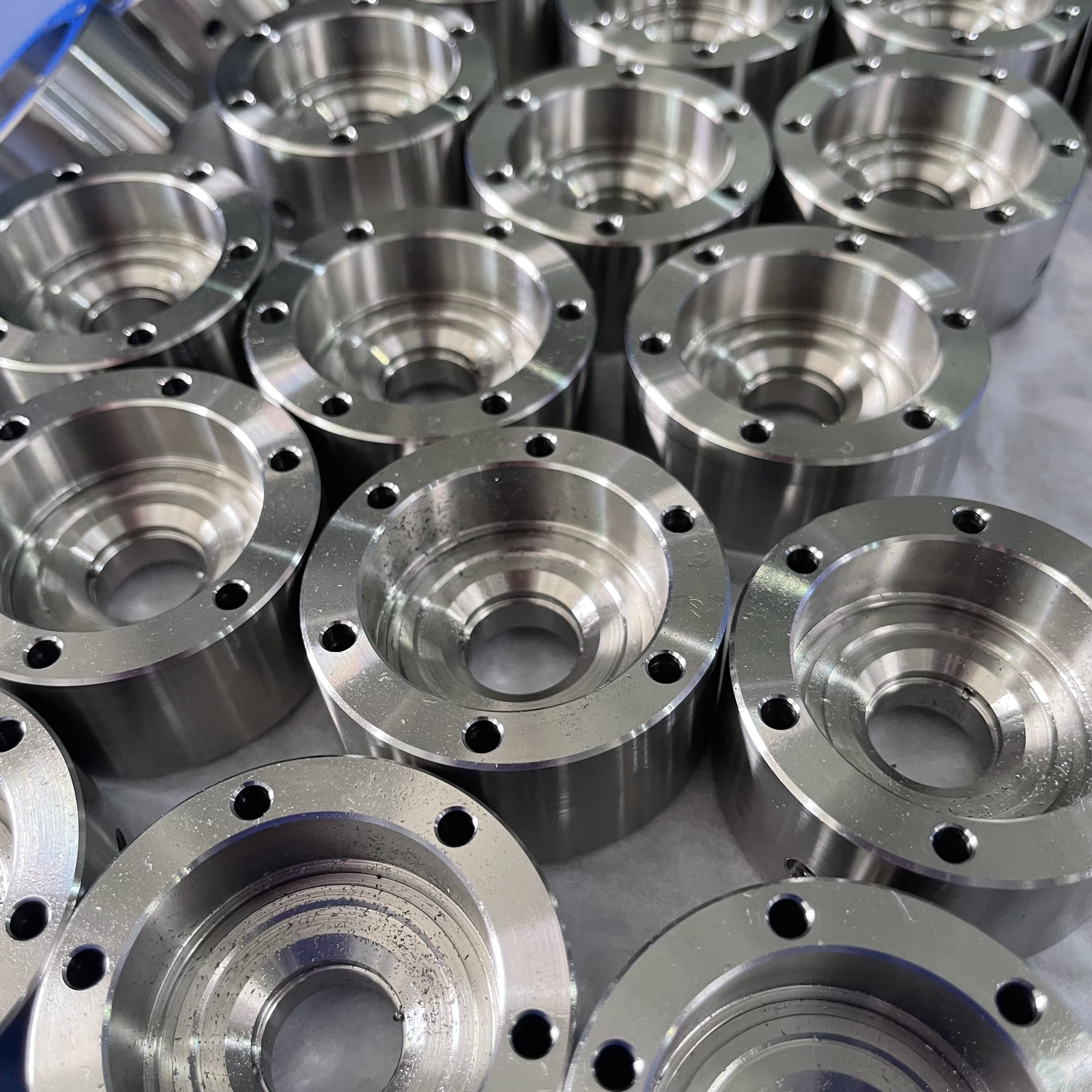The Most Common Precision CNC Machining Methods: Exploring 5 Essential Techniques

Exploring Precision CNC Machining
Understanding Precision CNC Machining Methods
Precision CNC machining methods are the cornerstone of modern manufacturing, playing a pivotal role in creating intricate components with unparalleled accuracy. Industry professionals and enthusiasts alike recognize the significance of these techniques in achieving high-precision results. Understanding the various CNC manufacturing techniques is essential for selecting the most suitable method for specific projects and optimizing the manufacturing process.
CNC Milling Basics
CNC Milling Overview
CNC milling, also known as Computer Numerical Control milling, is a fundamental machining process utilized to shape solid materials with precision and accuracy. This method involves the use of rotating cutting tools that meticulously remove material from a stationary workpiece, allowing for the creation of complex shapes and intricate designs.
Varieties of CNC Milling Machines
Vertical Mills: These machines feature a vertically oriented spindle, making them suitable for end milling operations and face milling.
Horizontal Mills: With a horizontally oriented spindle, these machines are ideal for creating slots and grooves, as well as heavy cutting operations.
Understanding the distinctions between vertical and horizontal mills is crucial for selecting the most appropriate machine based on the specific requirements of a project. Each type offers unique capabilities that cater to different manufacturing needs, ensuring optimal results in precision CNC milling.
Turning Techniques
Exploring CNC Turning
CNC turning, also known as lathe machining, is a precision CNC method that involves the rotation of a cutting tool against a stationary workpiece to create cylindrical parts. This technique is highly versatile and is widely utilized for producing intricate designs and components with exceptional accuracy.
One of the key advantages of CNC turning is its ability to achieve high precision in the manufacturing process. The method allows for the production of complex shapes with ease, making it an essential part of precision machining. Manufacturers can leverage CNC turning to efficiently create components that meet stringent quality standards while maintaining cost-effectiveness.
In addition to its precision capabilities, CNC turning offers versatility in handling various materials, from metals to plastics, further expanding its applicability across different industries and manufacturing requirements.
Materials Overview
Commonly Used Materials in Precision Machining
Precision machining encompasses a diverse range of materials, including metals, plastics, and composites. Each material offers unique properties and characteristics that influence the machining process and the final product's performance. Metals such as aluminum, steel, and titanium are commonly used for their durability and strength, while plastics like nylon and polycarbonate provide versatility and corrosion resistance. Composites, on the other hand, combine different materials to achieve specific mechanical properties tailored to the application.
Metals: Known for their strength and durability
Plastics: Valued for their versatility and corrosion resistance
Composites: Engineered for specific mechanical properties
Understanding the distinct attributes of these materials is crucial for achieving optimal results in precision CNC manufacturing. Manufacturers must carefully consider the material's properties to ensure that it aligns with the desired performance characteristics of the final component.
Choosing the Ideal Material for Precision Machining
Selecting the right material is a critical decision that significantly impacts the success of precision machining processes. Factors such as strength, electrical conductivity, thermal resistance, and corrosion susceptibility must be meticulously evaluated based on the specific requirements of the component's intended application. By carefully considering these factors, manufacturers can optimize the performance, durability, and cost-effectiveness of precision-machined parts.
Advantages of 5-Axis Machining
Understanding 5-Axis Machining
5-axis machining offers a multitude of benefits that set it apart from traditional machining methods. By allowing the simultaneous cutting of a part from multiple angles, this advanced technique enables the creation of complex and precise geometries with unparalleled accuracy. The ability to approach the workpiece from multiple directions provides exceptional flexibility, resulting in reduced setup times and improved overall efficiency. Additionally, benefits of multi-axis machining include the capacity to produce intricate components in a single setup, minimizing potential errors associated with part repositioning.
Applications of 5-Axis Machining
The applications of 5-axis machining span across various industries, particularly in sectors where intricate and complex parts are prevalent. In aerospace manufacturing, this method is instrumental in producing aerodynamic components with precise contours and profiles. Similarly, the automotive industry leverages 5-axis machining for creating intricate engine parts and mold tooling. Moreover, medical device manufacturing relies on this technology to craft intricately shaped implants and surgical instruments. The diverse applications of 5-axis machining underscore its significance in modern manufacturing processes, offering unmatched capabilities for producing high-precision components.
Key Takeaways on Precision CNC Machining
Embracing Precision CNC Techniques
Understanding the significance of precision CNC machining methods is paramount in modern manufacturing. The utilization of Precision CNC Machining Methods enables manufacturers to achieve unparalleled accuracy and versatility in creating intricate components. By comprehending the fundamentals of CNC manufacturing techniques, industry professionals and enthusiasts can optimize their approach to precision machining, ensuring the production of high-quality parts that meet stringent standards.
See Also
Understanding the Vital Uses of CNC Technology in Precision
Delving into CNC Milling: A Thorough Look at Precision Engineering
Uncovering CNC Machining: Precision Production and Metal Cutting
Tailored CNC Milling Solutions: Perfecting Precision Engineering Methods
Setting Apart Precision Machining from Standard CNC: An In-Depth Guide
About US
Follow Us
Your prototype holds unparalleled significance, and we deeply value its uniqueness. Collaborating with you during the preparation phase for running your prototype or parts is a commitment we gladly embrace. Whether it's a single part or a complex assembly, we are dedicated to selecting the optimal tools and pathways to bring your envisioned product to life.
At Precision Fab CNC Machining, we specialize in producing parts for prototypes, short runs, and high-volume production. Our prototyping machine capabilities extend across metal, plastic, and wood machining, with welding fabrication services available to complement and finalize your prototype if required.
Address
Address: Room320 10F, Building A,Nanshan international building, Dayawan District, Huizhou, Guangdong, 516001 China
Contacts
billy@timaycnc.com

